Seosan Haemieupseong Festival (서산해미읍성축제)
10.5 Km 21899 2024-06-05
143 Nammun 2-ro, Seosan-si, Chungcheongnam-do
+82-41-660-2697
Seosan Haemieupseong Festival is held every October at Haemieupseong Walled Town, a fortress with over 600 years of history. Various events and programs are offered including an overnight program in front of the fortress. Exciting performances such as a reenactment parade, traditional music performances, and fireworks are also planned.
Historic Site Related to Seong Sam-mun (성삼문선생유허지)
10.7 Km 0 2024-01-18
403-12 Maejukheon-gil, Hongbuk-eup, Hongseong-gun, Chungcheongnam-do
This historic site related to Seong Sam-mun is believed to be the birthplace of Seong Sam-mun, and was founded by his maternal ancester, Park Dam. A shrine was built here in 1685 to honor Seong Sam-mun and the five others ministers who were executed with him for their plot to restore King Danjong to the throne after he was exhiled by his uncle. The site was destroyed in 1864 when Confucian facilities were removed by the government, but was later rebuilt in 1945.
Haemi Martyrdom Holy Ground (Yeosutgol) (해미순교성지(여숫골))
11.0 Km 24160 2020-03-06
13, Seongji 1-ro, Seosan-si, Chungcheongnam-do
+82-41-688-3183
Haemi Martyrdom Holy Ground is the site where nearly 1,000 Catholics
in Chungcheongnam-do were buried alive during the time between the Byeongin Persecution in 1866 and 1882. At that time, Catholics were executed outside Haemieupseong Fortress' Seomun Gate (West Gate). As it was difficult to execute them one by one, the martyrs were buried alive in a big hole all at once. When confronted with their deaths, the martyrs prayed while singing 'Yesumaria' (Jesus Maria). Because it also sounds like "Yeosumeori", the place was called 'Yeosutgol' as well.
The 16-meter-high memorial tower was set set up near Haemicheon Stream to pay tribute to the nameless martyrs who were buried alive. Many Catholics visit this location every year to remember and honor the martyrs who sacrificed their lives for their belief.
Chuyangsa Shrine (추양사)
11.2 Km 0 2024-01-15
25 Jisan 5-gil, Seobu-myeon, Hongseong-gun, Chungcheongnam-do
Chuhyangsa Shrine is located in Hongseong-gun, Chungcheongnam-do, and is dedicated to Kim Bokhan, also known as Jisan. The site holds memorial rites every year for the followers and descendents of Kim Bokhan.
Hongseong Jeongchungsa Shrine (정충사 (홍성))
11.8 Km 0 2024-01-15
40-1 Pangyo 1-gil, Seobu-myeon, Hongseong-gun, Chungcheongnam-do
Jeongchungsa Shrine is located in Hongseong-gun, Chungcheongnam-do. It was first built in 1632, and was then rebuilt after a time of disrepair in 1872. The shrine was designated as a cultural heritage of Chungcheongnam-do on October 20, 2009.
Picturesque Arboretum (Gallery in the Garden) [그림같은 수목원(그림이 있는 정원)]
12.7 Km 45244 2024-02-26
102-36, Chungseo-ro 400beon-gil, Gwangcheon-eup, Hongseong-gun, Chungcheongnam-do
The Picturesque Arboretum has nearly 1,330 species of plants, including 460 species of trees, with particular emphasis on pine trees. It is home to a Wildflower Garden, Greenhouse, Lotus Garden, Rock Garden, Observatory, Art Museum, Rhododendron Road, Waterfall, Korea Traditional Furniture Exhibition Hall, Nature Ecology Center, and a café.
Seosan Gaesimsa Temple (개심사(서산))
12.8 Km 49163 2021-09-18
321-86, Gaesimsa-ro, Seosan-si, Chungcheongnam-do
+82-41-688-2256
Situated in a dense forest in Sangwangsan Mountain and 6 kilometers away from Haemi-myeon, Gaesimsa Temple is one of the four major temples in Chungcheongnam-do. The path from the parking lot to the temple site is quite remote and curved, but beautiful especially in spring when cherry blossoms are in full bloom.
The temple was built in 1484 during the 15th year of King Seongjong and designated as a Treasure. The architecture of the temple stands out, as the buildings use bent tree trunks for pillars.
Hanil Sikdang [Sapgyo, Yesan] (한일식당[예산 삽교])
13.0 Km 1882 2024-02-21
58, Sapgyoyeok-ro, Sapgyo-eup, Yesan-gun, Chungcheongnam-do
Hanil Sikdang has served someori gukbap (beef head meat and rice soup) in front of Sapgyo Station for nearly 70 years. Someori gukbap (beef head meat and rice soup) is a soup boiled with beef head meat, beef offal, radish, and dried radish leaves, using a broth simmered with beef head and bones. The soup is kept boiling in a massive cast iron pot all day long. When a bowl is ordered, the soup is ladled into a hot pot and garnished with meat and green onions. The someori gukbap (beef head meat and rice soup) here is slightly spicy.
Yanggoksa Shrine (양곡사)
13.0 Km 0 2024-01-16
131-31 Hongnamseo-ro, Seobu-myeon, Hongseong-gun, Chungcheongnam-do
Yanggoksa Shrine is located in Yanggok-ri, Hongseong, and enshrines the memorial tablets of Han Won-jin, and his disciples Song Neung-sang, and Kim Han-rok. The shrine was built in 1772 to commemorate Han Won-jin, and then was later rebuilt in 1987 with the addition of Song Neung-sang and Kim Han-rok's memorial tablets.
Yonghyeon National Recreational Forest (국립 용현자연휴양림)
13.2 Km 29151 2020-08-26
339, Maaesamjonbul-gil, Seosan-si, Chungcheongnam-do
+82-41-664-1978
Yonghyeon National Recreational Forest is situated in the heart of Yonghyeon Valley between the ridges of Gayasan Mountain around Seongmunbong Peak (alt. 678 m). The forest boasts splendid natural landscape. A hiking trail and loop trail through the forest are established along the ridges of the mountain and connect to the road leading to Seosan Farm, so hiking and walking are convenient and one can get a great view of the Yellow Sea in the distance. The valley waters are particularly clean and clear, and the forest features dense groves of oak trees. There are group accommodation facilities and forest education classes. For an educational and cultural excursion, visitors can also learn about the later Baekje period in a nearby education facility.
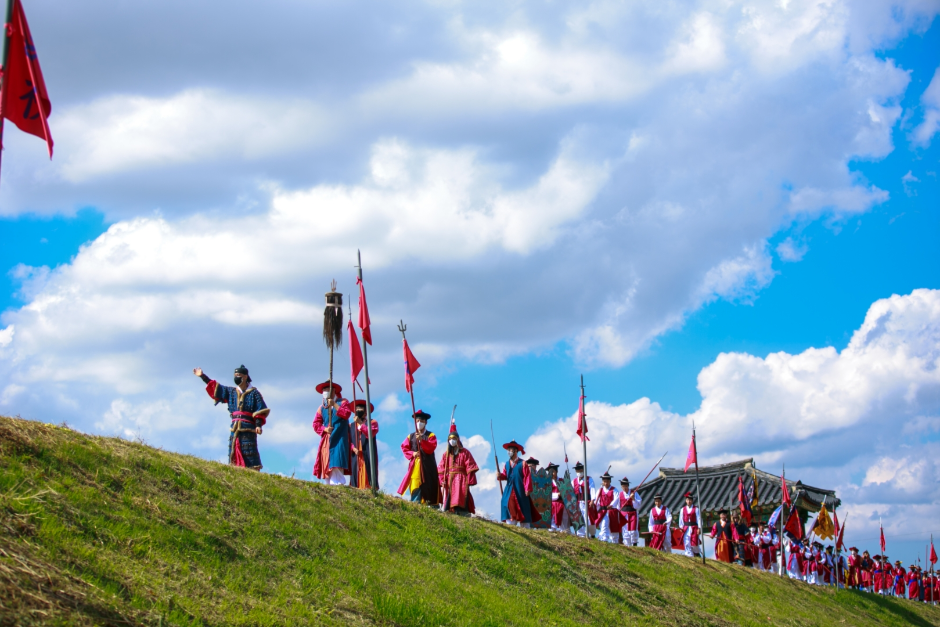
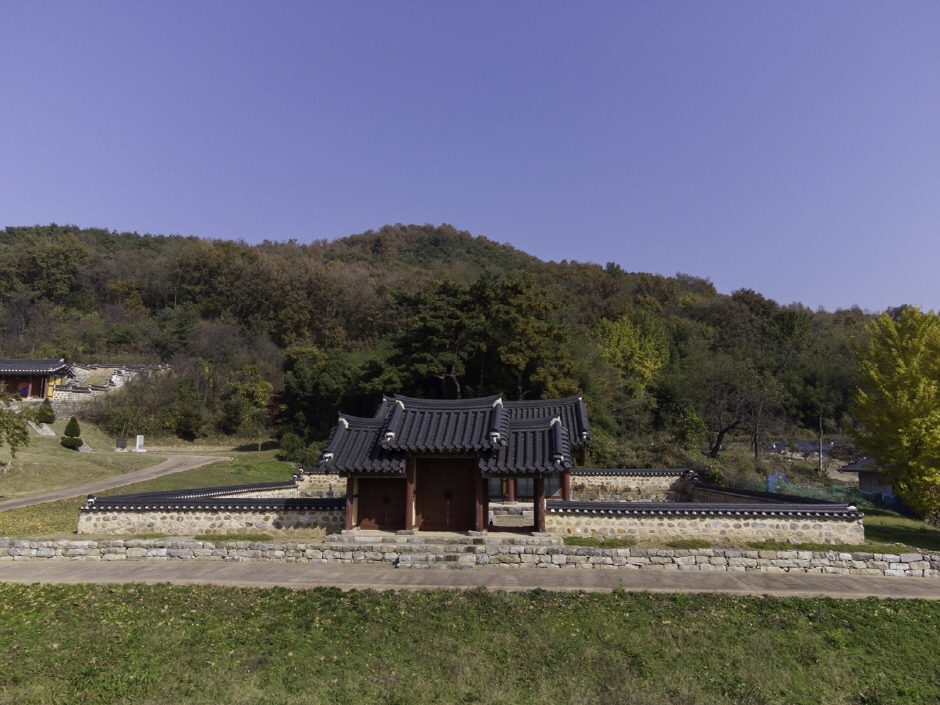

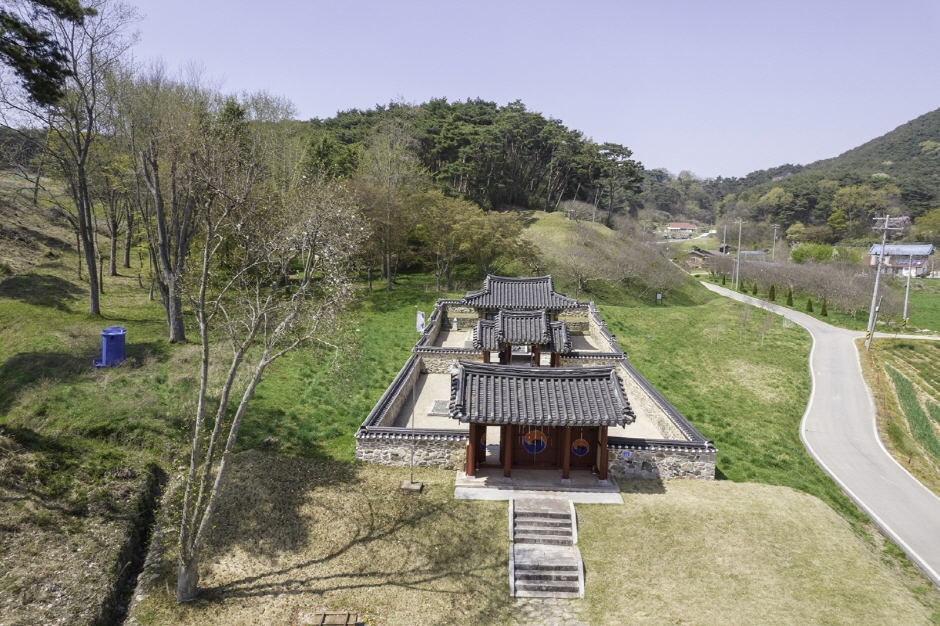

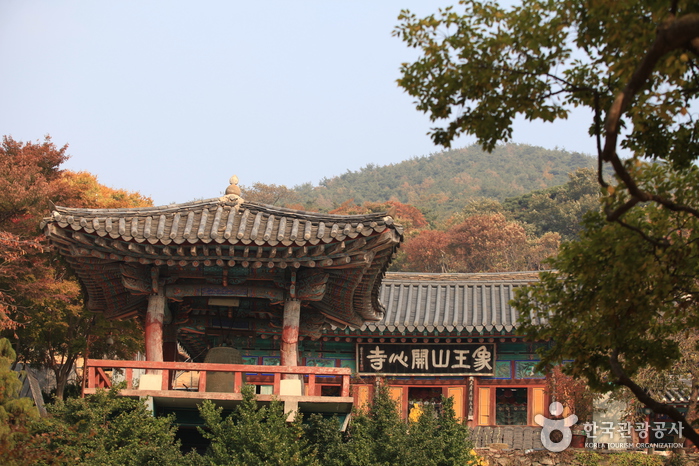
![Hanil Sikdang [Sapgyo, Yesan] (한일식당[예산 삽교])](http://tong.visitkorea.or.kr/cms/resource/18/3056018_image2_1.jpg)
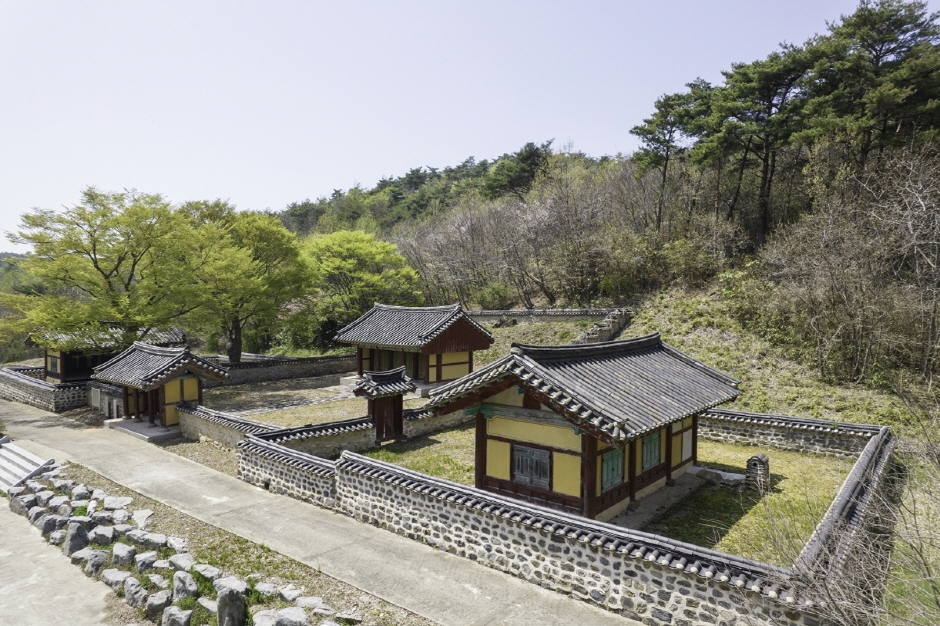
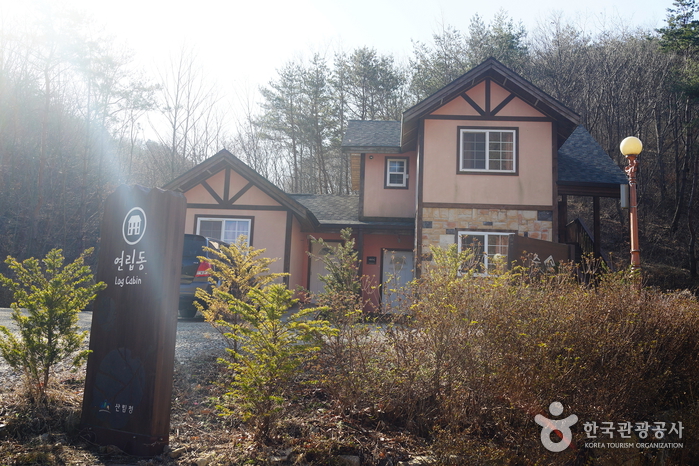
 English
English
 한국어
한국어 日本語
日本語 中文(简体)
中文(简体) Deutsch
Deutsch Français
Français Español
Español Русский
Русский